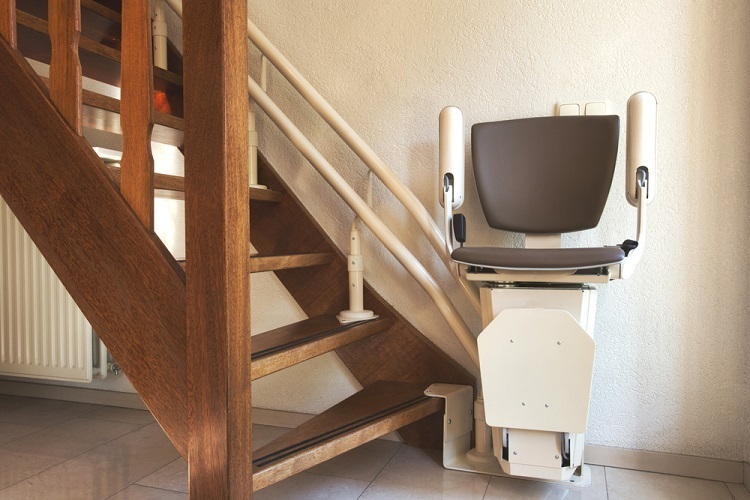Aging in Place versus Assisted Living

When asked to express a preference between aging in place at home versus living in an assisted living facility, most seniors agree: the home is best. The choice seems obvious; wouldn’t we all rather live at home? That said, aging in place requires careful thought and planning and may even require modifications. When you or a loved one are considering the many changes needed to age in place safely and comfortably, it can be helpful to have a clear vision of the many benefits that making the sometimes-substantial effort will achieve. These benefits include the following:
Table of Contents
Comfort
Home, for most folks, is comfortable and familiar. Our favorite things are at home, and there we have access to the creature comforts that we’ve grown to love and appreciate.
Privacy
Another significant benefit of the home is privacy. A home provides a high level of privacy, while an assisted living facility will be less. Even the finest assisted living homes that strive to create a home-like atmosphere will be significantly less private than home.
Control
The ability to control, at least somewhat, our environment is a significant contributor to overall health and well-being. Things like the temperature, menu, and entertainment can be personally controlled and managed at home. At an assisted living facility, far fewer variables are at the residents’ discretion.
Freedom
There’s much more freedom at home than in assisted living. Seniors living at home can come and go as they please, have visitors anytime, and do what they like. If they want to listen to loud music, they can. If they’re going to walk around in their underwear, they can. If they’re going to stay up playing cards all night, they can. Assisted living facilities have rules and boundaries designed to make everyone in the community feel safe and comfortable.
Health
The primary benefit of living at home is the boon it gives to mental and emotional health. Seniors who live at home generally report greater satisfaction and happiness than those who live in assisted living.
However, mental and emotional health isn’t the only healthy factors to consider. Seniors often need assistance – hence the need for assisted living—and assisted living may look like a better option for accessing that help. This is where the need for home modifications comes in. Examples include the following:
- Stairlifts for safe, independent, pain-free movement up and downstairs.
- Ramp or wheelchair lift installation to accommodate mobility devices
- Grab bars in kitchens and baths
- Ceiling lifts for transfers
- Reorganizing cabinets for easier access
- Removing obstacles from floors to reduce tripping hazards
- Enhanced lighting for greater visibility
- Hiring help for in-home services such as housekeeping, cooking, physical therapy, etc.
- And many others
While some of these modifications may seem prohibitive, when weighed against all the costs of assisted living, financial and otherwise, the wisdom of making these changes is inarguable.
No Place Like Home
There’s no place like home. Assisted living facilities are essential and are the correct answer for many seniors. But for the rest, aging in place is an important option that deserves careful consideration.
Leave a reply
You must be logged in to post a comment.









